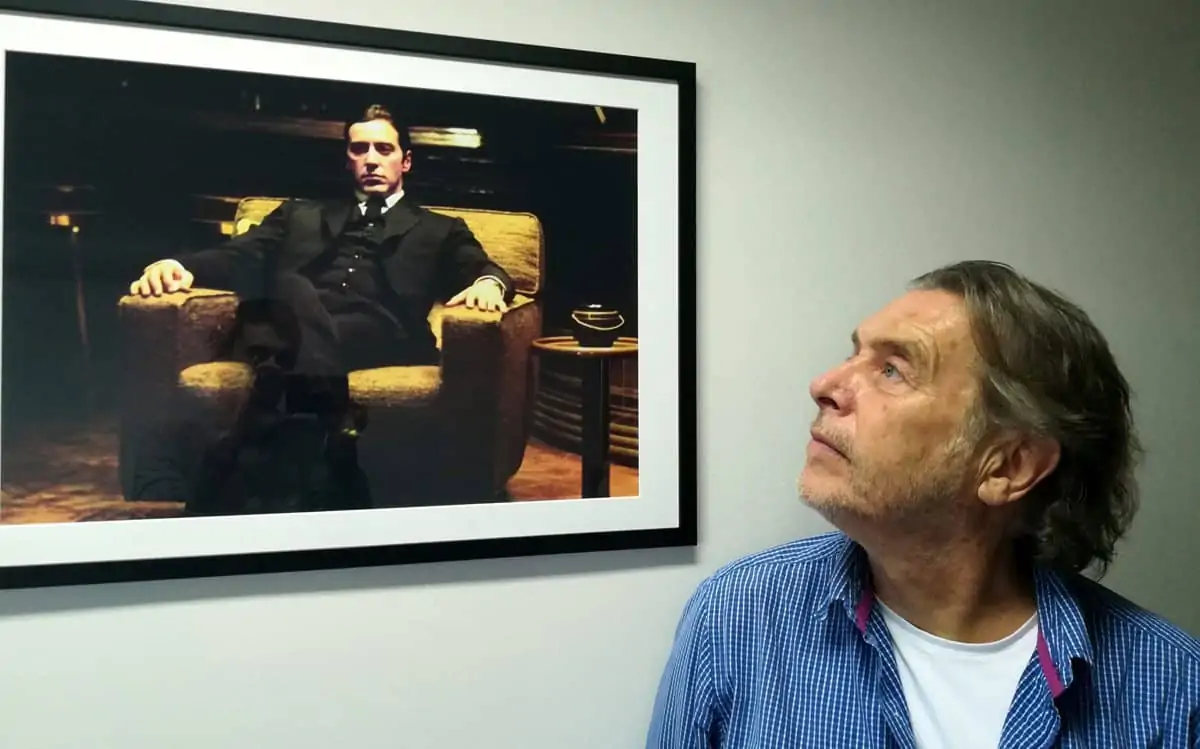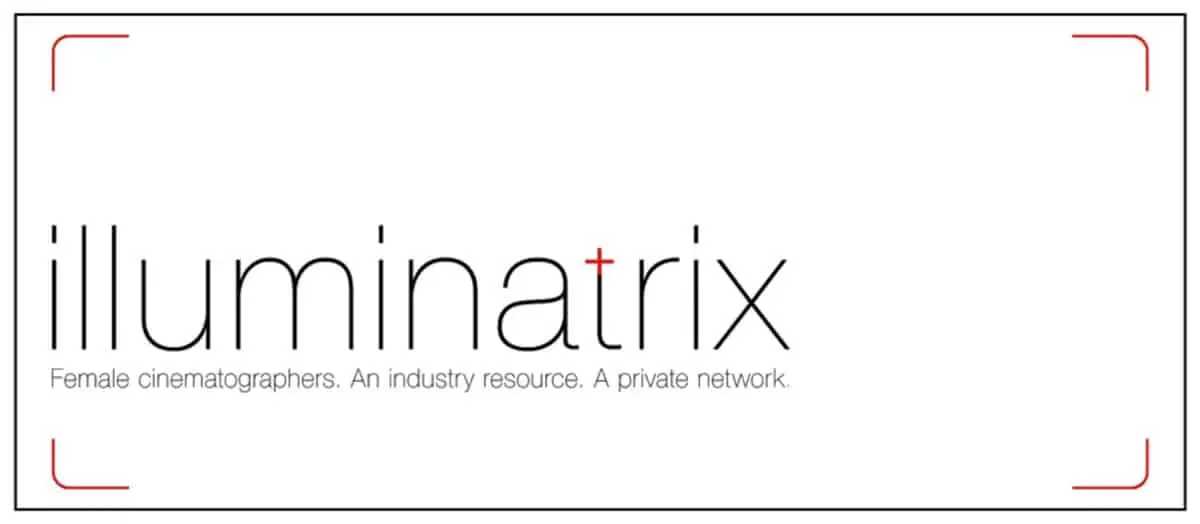Fix It All In Post
GBCT News / John Keedwell
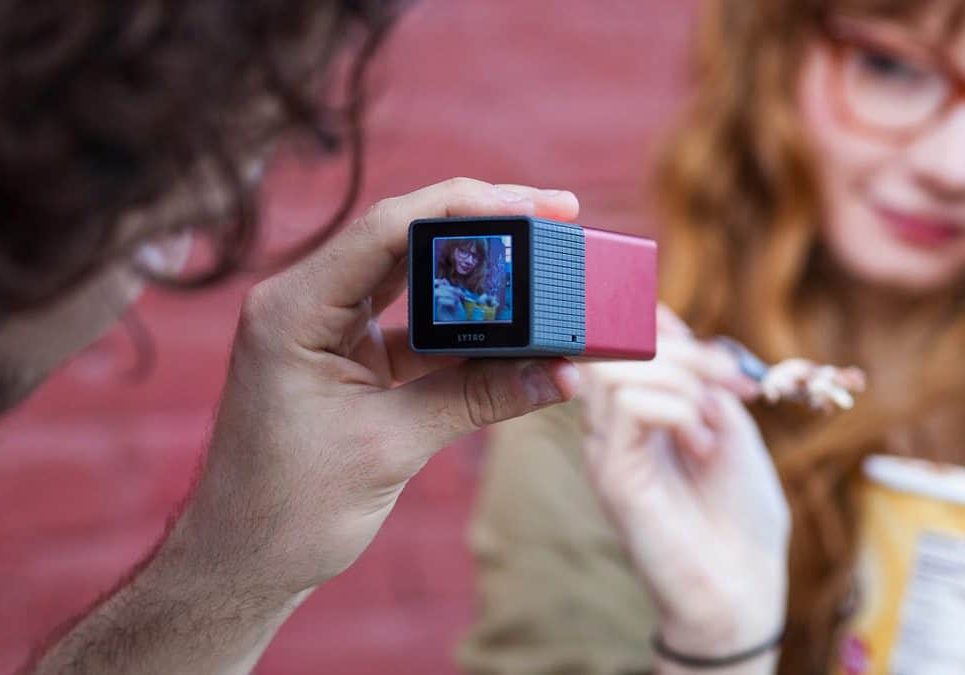
Fix It All In Post
GBCT News / John Keedwell
If you have been following British Cinematographer Magazine for the past five years or more (and I hope you have) you will have seen various discussions about the Lytro camera and the implications for cinematography going forward. My original article was written rather tongue in cheek, yet with a suitably sobering thought going forward.
I mentioned this camera could capture focus information and can be effectively focussed after capture on the camera, so negating the need of a good focus puller. It seems the technology has marched on quicker than ever imagined and we now have a fully-working, high-resolution camera capable of quite extraordinary feats of technology. The implications are potentially huge going forward.
As a brief recap, starting in 2012 from a camera in the shape of a square tube less than five-inches long it was really nothing more than a novelty in its initial stages. Then in April 2014 Lytro introduced its second-generation camera in the form of the Lytro Illum light field camera. This had a 40-megaray camera sensor and was aimed primarily at keen amateur photographers.
Since 2012 there have been some major developments and breakthroughs, and now the technology has become viable as a creative tool for the cinematographer. Whilst the implications of this are huge, the creative freedom it brings for certain projects will potentially revolutionise how we make movies going forward. It certainly won't be competing against compact cameras we have at the moment as the form factor is staggeringly large, yet the concept of the light field camera creates some interesting possibilities and also brings up certain issues concerning how many people it would require to operate in the field.
Why is this so different to any other camera you have seen? It's the way camera sensor records the light rays hitting the sensor that is so radical and revolutionary, with the possibilities only becoming obvious after you know what it does and how it does it. Light field photography (also known as plenoptic photography) captures information about the intensity of light in a scene. Crucially it will also capture information about the direction that the light rays are traveling in space. Lytro's light field sensor uses an array of micro-lenses placed in front of an otherwise conventional image sensor to record intensity, colour and directional information.
Here come the implications. When all this information is captured on the 755-megapixel sensor (yes, you read that correctly!) it is capable of capturing 16-stops of dynamic range, and up to 300 frames per second. This is technologically fascinating and groundbreaking in itself, however these are perhaps the least exciting features in the new Lytro Cinema Camera.
The technology and concept is potentially difficult to get a full understanding within the scope of this article, however if I explained the camera essentially creates a digital holographic representation of the subject in front of it, then many avenues of exploration opens up. Essentially the camera captures depth information as well as the traditional colour, focal point, movement, exposure and frame rates. In effect you are able to change focus and other elements long after you have sent the actors home and left the set.
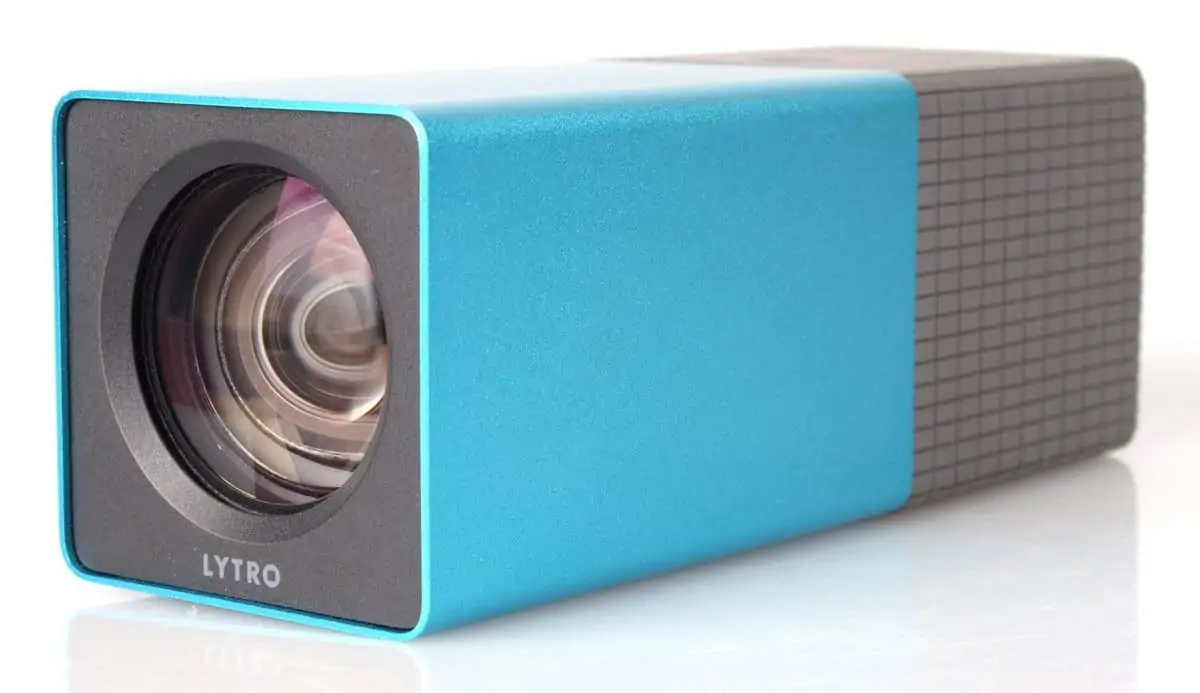
Visual effects implications
Compared to traditional cinematography, where the decisions made on-set are a combination of parameters set at the time of photography, the light field camera captures all this information and can be controlled and manipulated at the post production level. In other words, such factors as focus, shutter speed and frame rate can be altered later. This gives a great potential for visual effects shots as it is possible to create different "slices" of a live scene and separates them out into different layers, (much like in Adobe Photoshop or After Effects). This effectively means every shot you create with this camera can effectively be separated out into components and become a very clean-edged greenscreen shot! This is not merely a simulation of depth, it is actually retracing every light ray into a 3D space. This negates the need for set tracking markers being placed on the cyc. Because the Z-axis (or depth) is already known, that layer can become a layer you can track and then easily cut out later.
3D implications
It also means if you can shoot in 2D and 3D at the same time with the single camera. If you decide to create a high frame rate 3D version there is no need to have two separate cameras and a stereographer continually setting the separation for each shot. Each separate shot has the same motion blur and gives a much finer 3D effect that is optically perfect.
Clearly there is much more to this camera than just greenscreen and 3D, and it still requires the skills of cinematography, lighting, camera movement, script, story and acting to make it a worthwhile experience for cinema. It does explore new areas of cinematography and in the right hands this can become an extremely interesting tool for the right project. For example, motion blur can be used as a creative tool in any shot at any point, and altered later during the shot rather than being "baked in" on the set at the time of the shoot. This could be a new effect like "Bullet time" was in The Matrix (1999, DP Bill Pope ASC).
Whilst there may not be the need for a focus puller or a stereographer when using this camera, there will always be a need for a large set, sturdy tripod and a good camera grip to move this huge beast of a camera in its current form! It is currently one of the larger cameras available on the market at the moment. It is something akin to the size of a 1930's blimped movie camera, so rather difficult to use on a small set or location. It is also connected to an array of computer servers all making huge amounts of fan noise. So that will annoy the sound recordists, the grips, along with focus pullers and camera operators, and probably the producer, director and set designers too! However I'm sure within time this size will be reduced to be more manageable and usable in the future.
In all seriousness the camera has potential for some incredibly creative effects shots and going forward it could potentially create a "look" that is as unique as 35mm film at the cinema. The thought of "fixing it all in post" has now become a potential reality. Who would have thought that was possible?
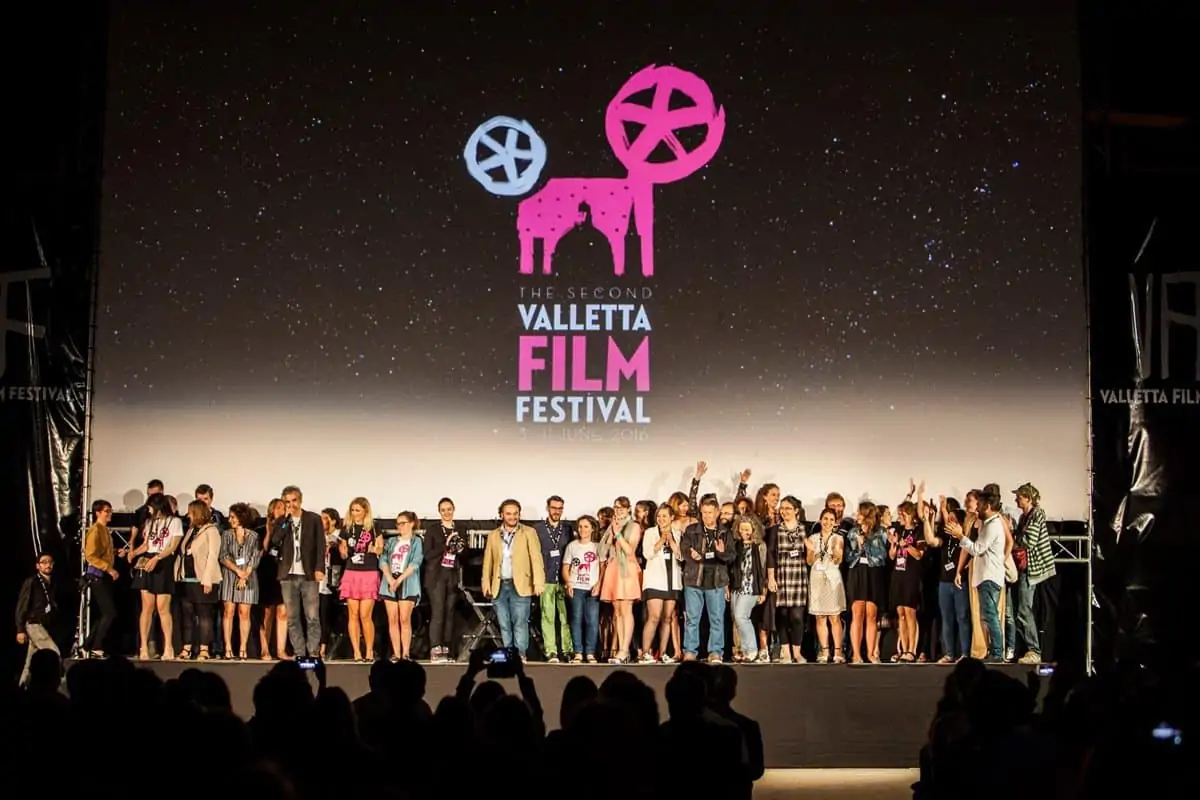
"In 2016 the (Valletta Film) festival introduced a new competitive section titled “Teens Only”. Five to seven coming-of-age films were selected to compete for the Triton Teens Choice Award."
- John Keedwell
Valletta Film Festival
If you were asked to name a summer film festival, you would probably think of the Cannes Festival in the south of France, held every May. This has been a hugely successful festival over many years, of course, and has become a must attend event on many people's calendars. However there is a "new kid on the block" in the form of the Valletta Film Festival held in Malta in June. Whilst not as established as the Cannes film Festival (it is only in its second year in 2016), it has drawn some very favourable discussions, and has provided a fantastic way of seeing many new films in a unique and interesting way, and with different themes.
In 2016 the festival introduced a new competitive section titled “Teens Only”. Five to seven coming-of-age films were selected to compete for the Triton Teens Choice Award. This new section will make the Valletta Film Festival accessible to audiences under 18 years of age. The aim is to show works thematically and aesthetically linked to the experiences of teenagers and to create discussions between filmmakers and young audiences. This initiative is the first phase of a larger plan to make the festival accessible to all ages.
The second edition of the festival will also consist of three competitive sections for independently-produced feature films, documentaries and short films and three non-competitive sections – Islanders, Without Borders and Masters Of Cinema.
In June 2016 there were eight Triton Awards handed out by three international juries to the films in the following ‘best’ categories: film, director, cinematographer, screenplay, actor, actress, documentary and short film.
The award for best film was won this year by The Yard. This also won the award for best cinematography for its DP Ita Zbroniec Zajt.
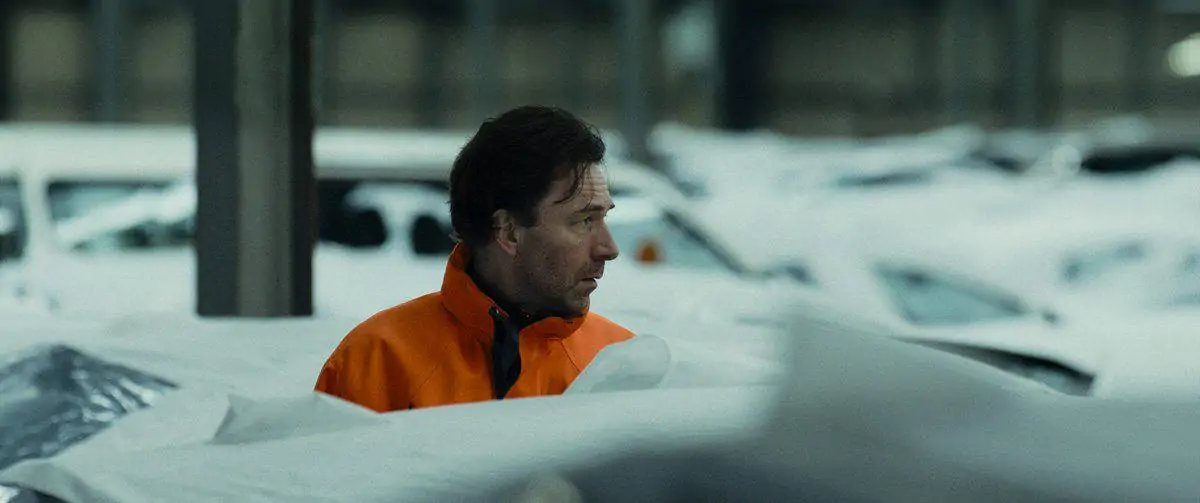
iPad clapperboard
At the other end of the scale the humble clapperboard has been in use for over a hundred years now, essentially making a noise and giving a visual clue for the editor to synchronise the sound and picture together later. The humble slate has gone through many manifestations over the years from a simple manual device to some sophisticated timecode enabled clapperboards.
The requirement for clapperboard is still as relevant as ever, however, as there still needs to be a method to record the output from the camera separately to the sound. It is possible of course to record them both onto the same medium at the same time, but flexibility on-set and quality normally dictate the requirement for separate systems for sound and picture, and hence a method of synchronising them at a later date.
Any useful camera kit really only needs to pass one simple test here in the UK. Can it be used wearing gloves in a cold, wet, muddy field when it is raining and in the dark? If it passes that test then it is deemed useful and suitable. Fail that test and it won't last long in the biz. Some cameras don't pass that test, incidentally...
Gabriel Albuquerque, in collaboration with the GBCT, has produced the cLAPiT system, and it is certainly worth a close look for your next production. Based upon the display from an Apple iPad, the cLAPiT is more than simply a clapper board, it is a mini production unit all by itself. Yes, it makes a noise when the two sticks are clapped together, so passes that test, yet it does so much more in addition.
cLAPiT produces camera reports through its internal logging system, and this can be downloaded with notes for the editor and instantly sent via email to the editor. It is also shower resistant and thus passes one of the essential tests! It can be adjusted for right/left hand operation, and they have been successfully tested on feature films, TV dramas and TV commercials by experienced clapper loaders. Take a look.
It seems film is not dead...
On attending the Media Production Show in Islington recently it became clear there is still a market for film as an acquisition medium, and there is a business model based on 35mm, 16mm and even 8mm film. The collapse of Kodak was a shock to most people in recent years, yet with a new business model of providing stock for cameras only, and not providing for projection, there seems to be a thriving market.
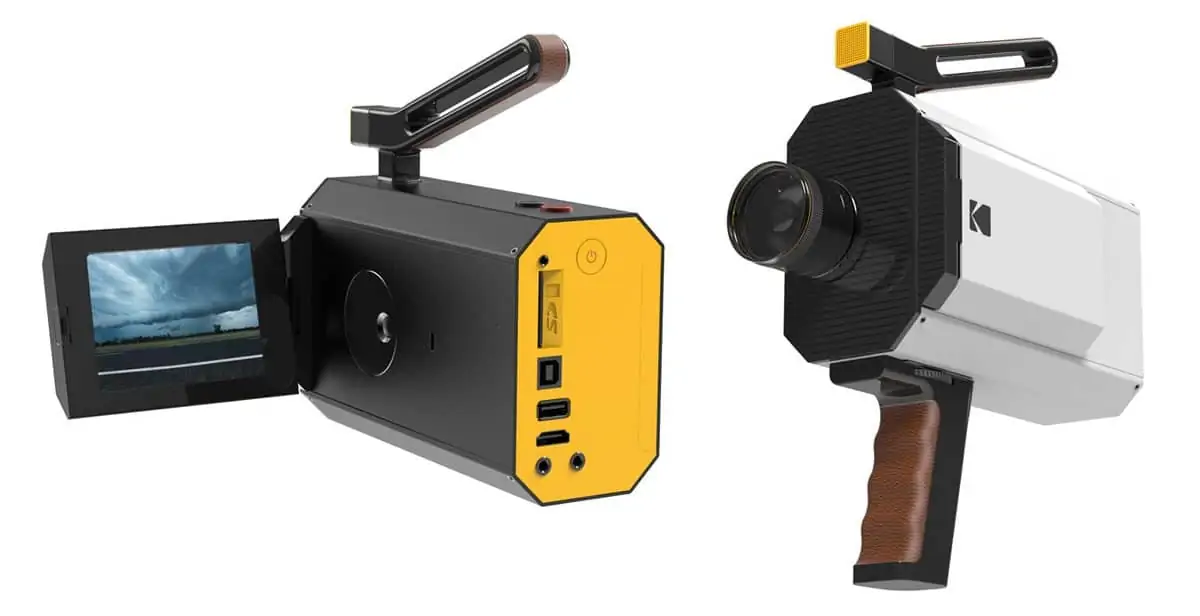
By concentrating on film stocks purely for cameras and not projection this means a large cut in the amount of film stock consumed of course. Yet this, in conjunction with excellent telecine and processing, can be a fantastic way of shooting on film (with all the benefits) and having a digital version for projection at the same time. One lab that has taken this concept and seems to be delivering fantastic products to a keen audience is Cinelab, based in Slough.
Whilst discussing possibilities for the future, it seems Kodak are about to launch a Super 8 film camera before the end of the year, combining the traditional Super 8 film cartridge with a digital copy. Anyone sending their footage to Kodak for processing will also receive a digital copy of their film. The price of the new Super 8 camera is likely to be between £270 and £510 ($400 to $750). Join the queue now!








